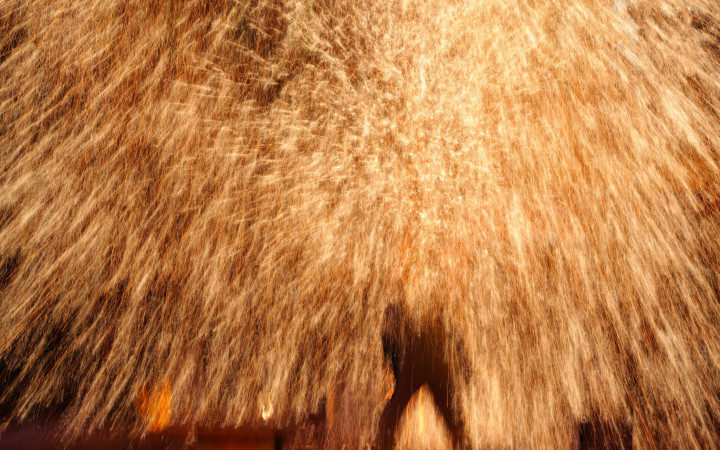Today’s Wonder of the Day was inspired by Chelsea from MO. Chelsea Wonders, “Where did fireworks originate?” Thanks for WONDERing with us, Chelsea!
What's your favorite thing about the Fourth of July? For many kids, celebrating Independence Day means fun in the sun, a picnic on the beach, time with friends and family members, and pyrotechnics in the nighttime sky. Yes, we're talking about fireworks!
Of course, Independence Day isn't the only holiday when people enjoy fireworks. You'll also find plenty of fireworks in the sky on New Year's Eve, as well as other holidays and special occasions throughout the year.
Fireworks got their start over a century ago in China. They weren't inexpensive and easy to obtain like they are today, though. Back then, only the wealthiest people in China were able to afford fireworks.
That didn't stop one group of people in one Chinese village from developing their own ingenious version of fireworks. Over 300 years ago, the blacksmiths in the village of Nuanquan began their own fiery tradition to celebrate Chinese New Year.
The blacksmiths would heat scrap iron to temperatures above 1,800˚ F. On a cold, winter night, they would use a wooden ladle to throw the molten iron at a tall stone wall. Upon contact with the wall, the molten iron would explode into thousands of sparks, creating an effect similar to fireworks.
The shower of molten iron sparks is thought to resemble flowers raining down upon the blacksmiths. That's why the annual Festival of Lights that formed around this unique tradition is called Da Shuhua, which means "tree flower."
Da Shuhua has become an enduring tradition that is still only practiced in Nuanquan. Villagers still save up scrap metal to donate for the annual celebration. The blacksmiths have also started to incorporate other metals, such as copper and aluminum, in order to create green and white sparks in addition to the red sparks generated by the molten iron.
If throwing molten iron at a large stone wall sounds dangerous to you, you're right! It's a life-threatening tradition when you consider that the blacksmiths only wear straw hats and thick, protective clothing made from sheepskin.
Over the course of several centuries, however, no blacksmith has ever died or even been severely burned during a Da Shuhua performance. That's a credit to the special skills they've developed as blacksmiths and passed on to others over time.
Unfortunately, there are only four Da Shuhua performers left in Nuanquan, and three of them are over the age of 40. Da Shuhua remains a popular tradition, though, so people hope the skills will be passed along to younger blacksmiths in the future.




